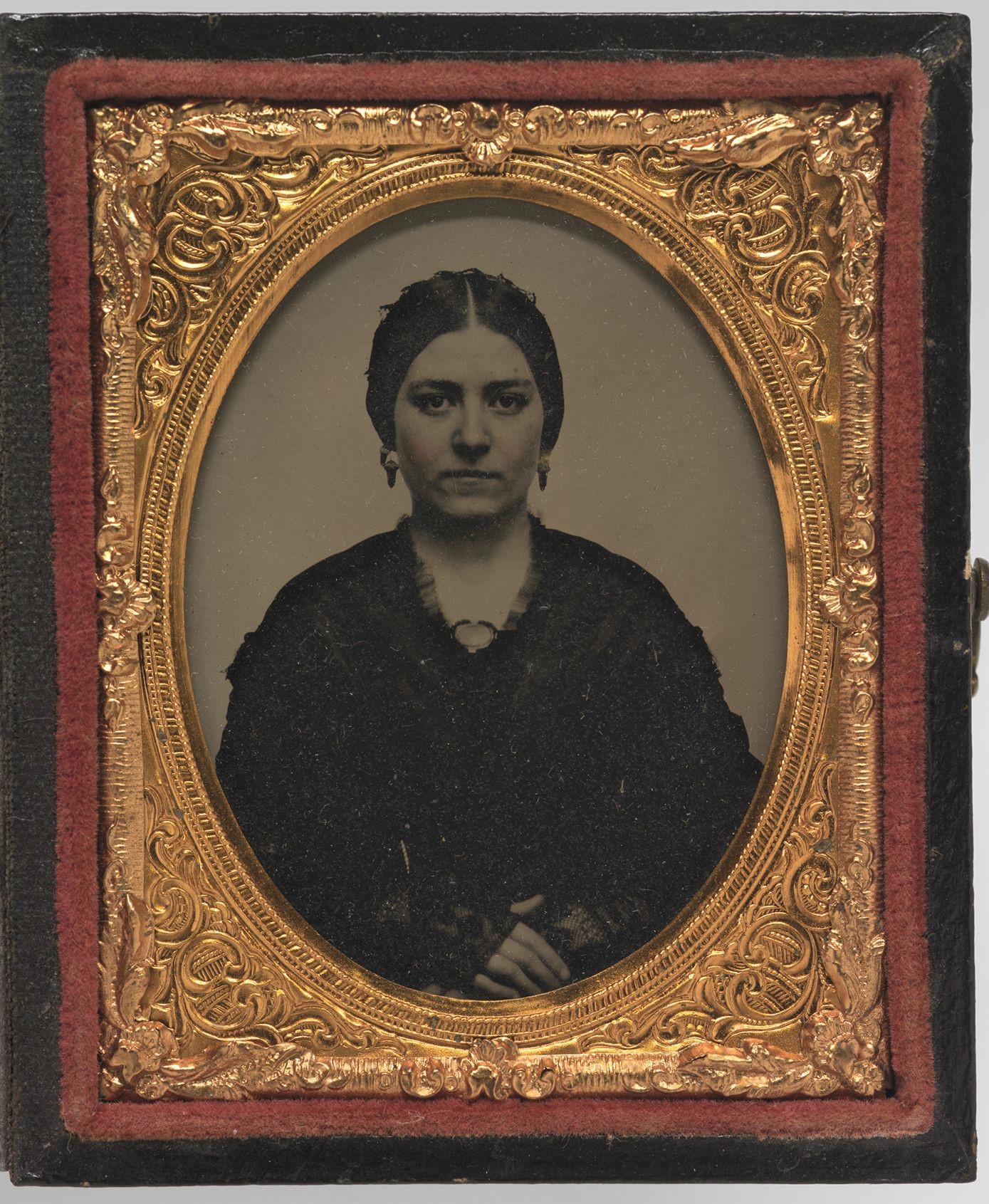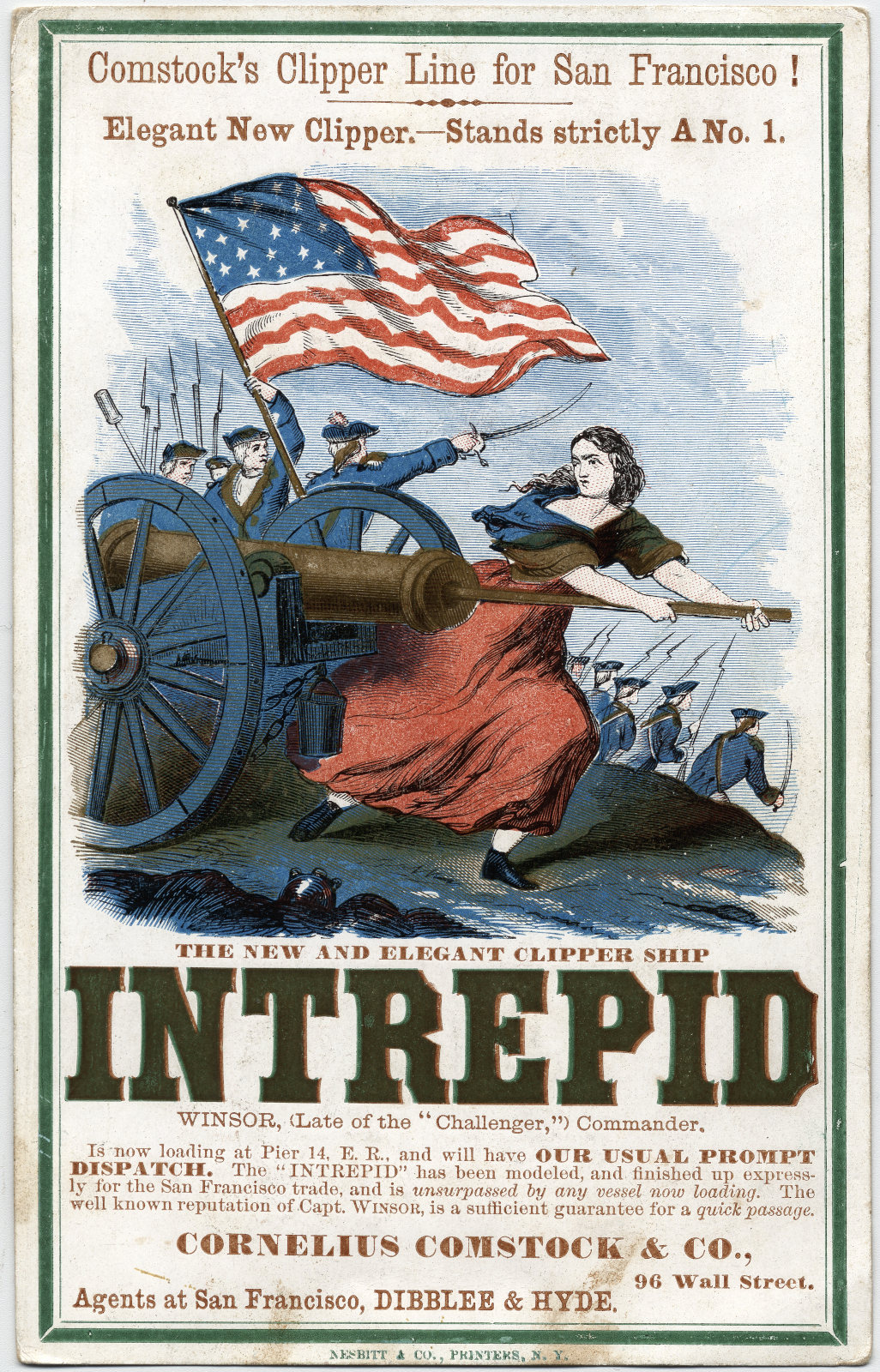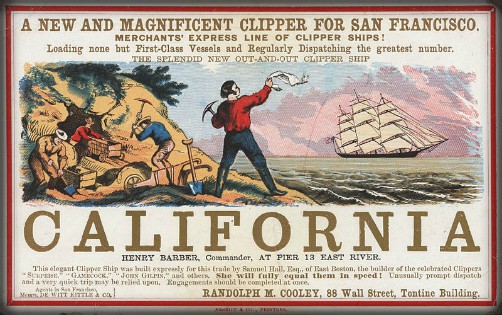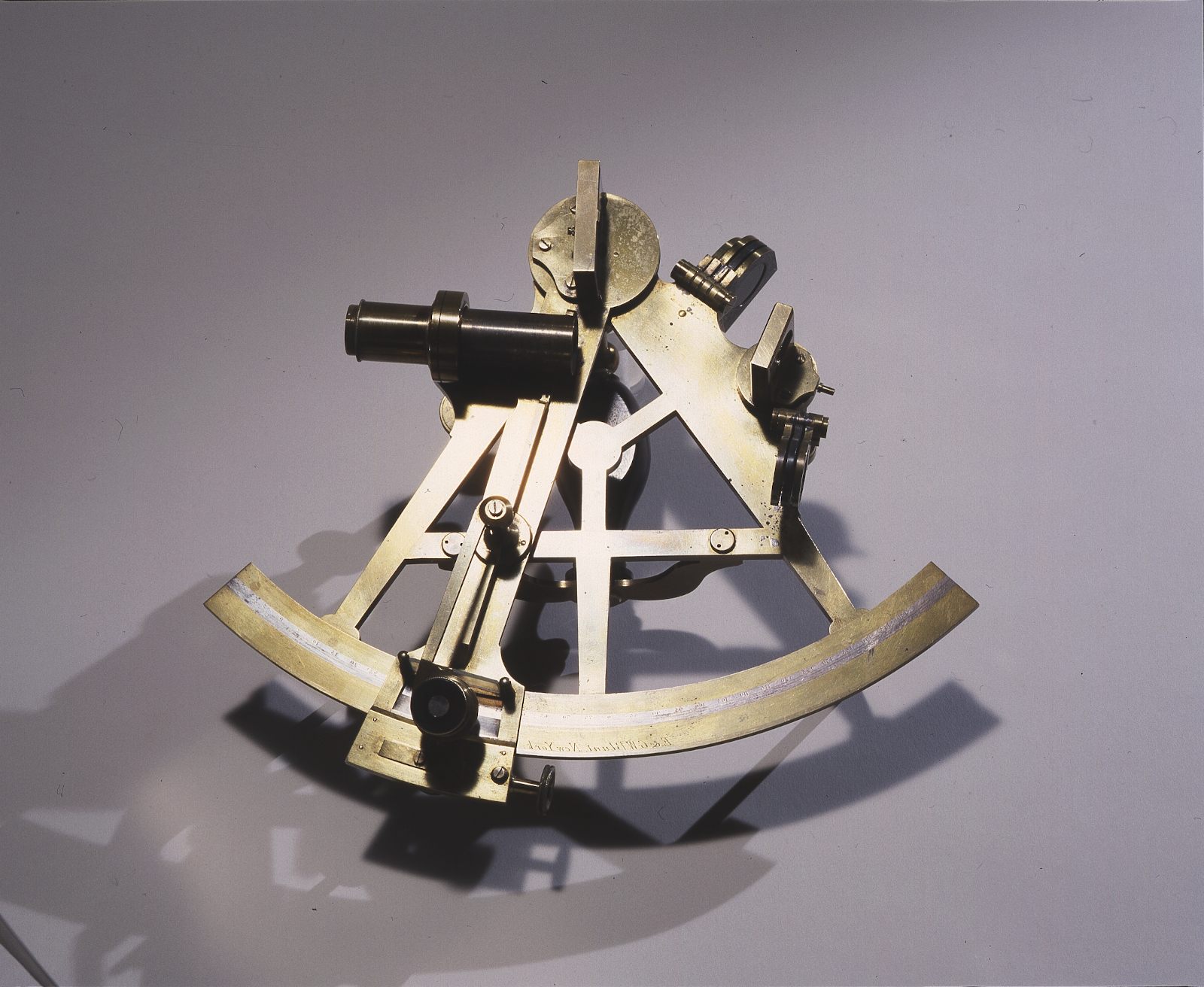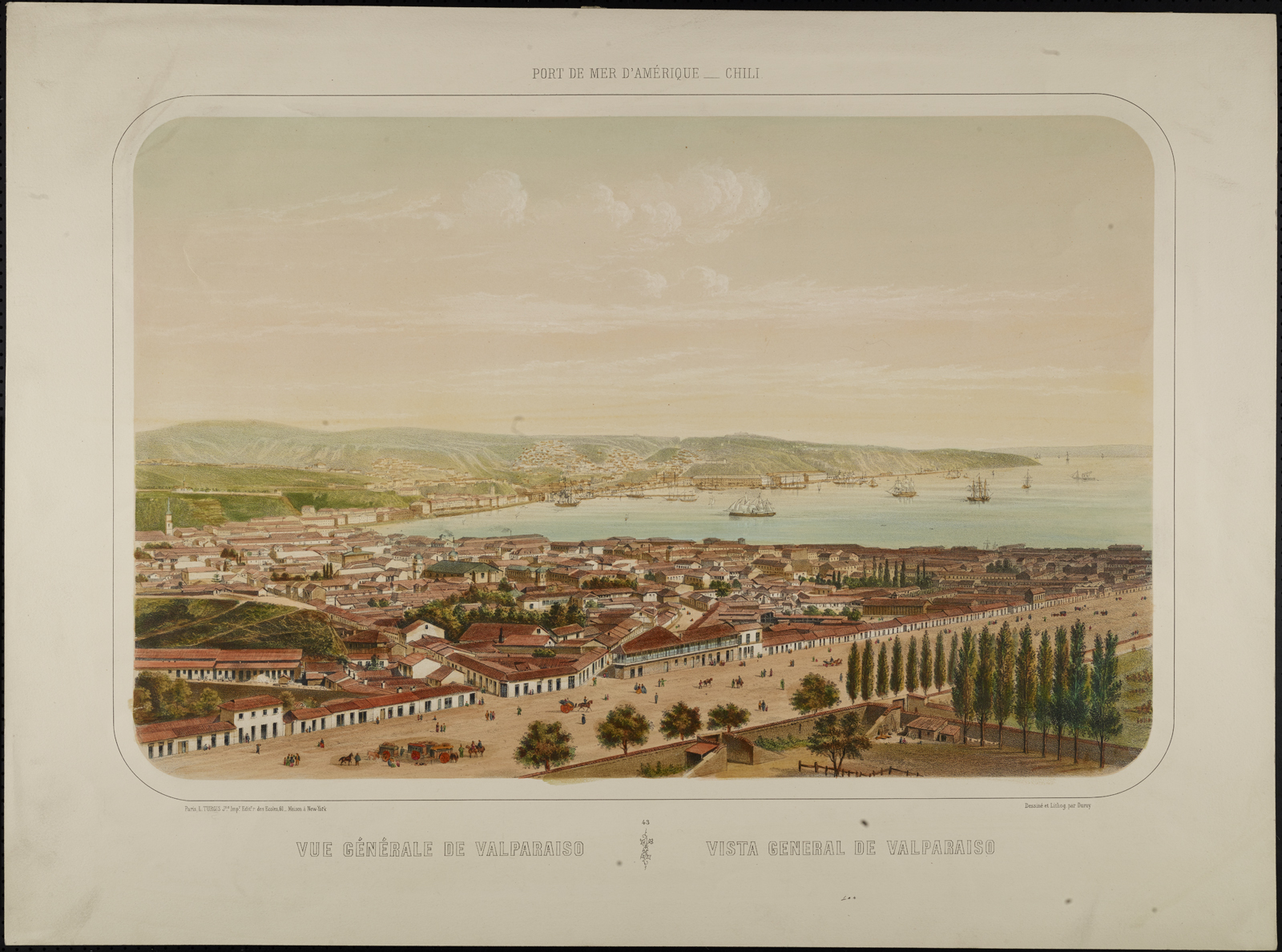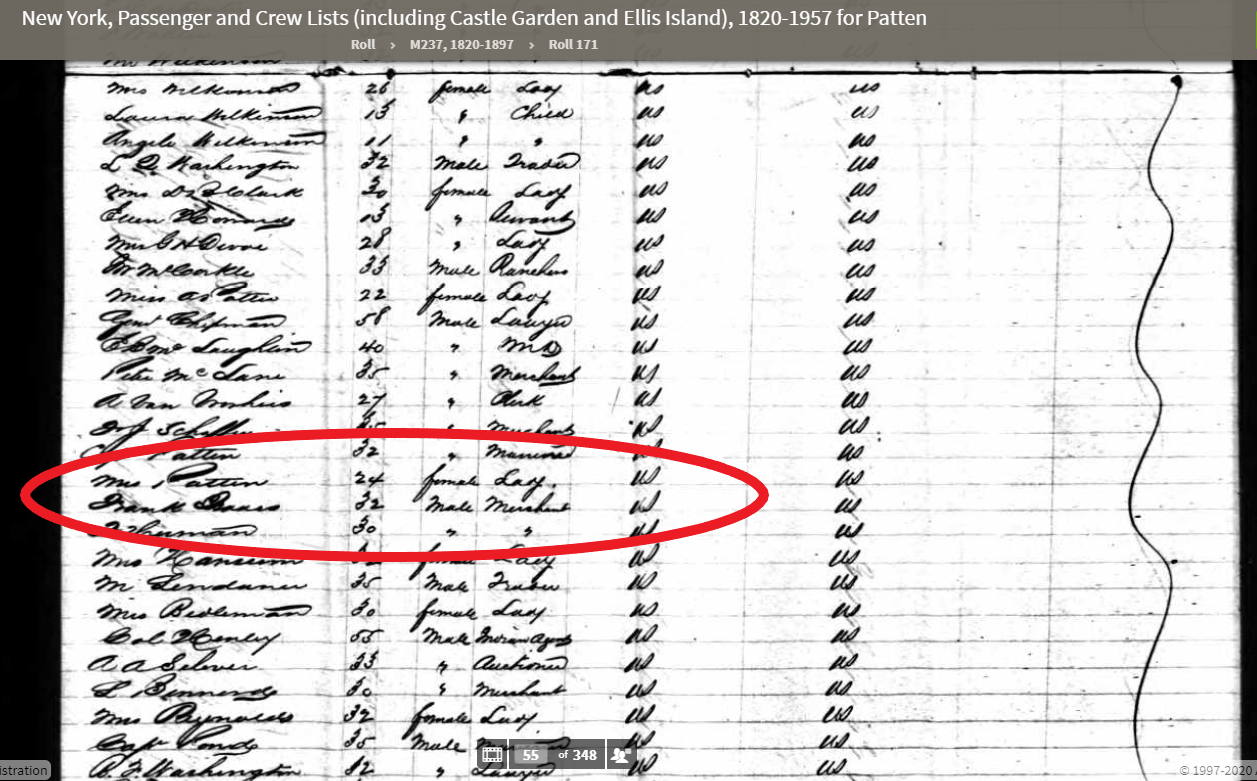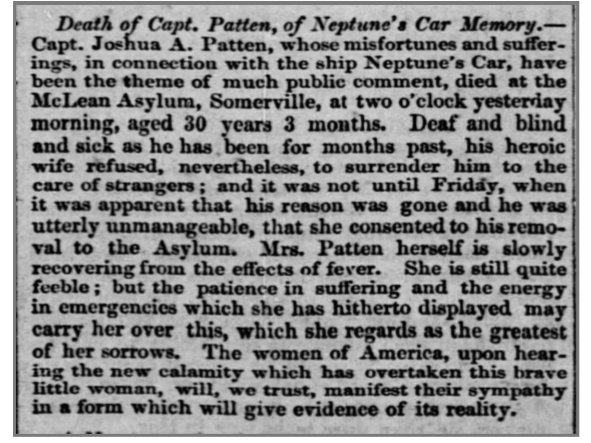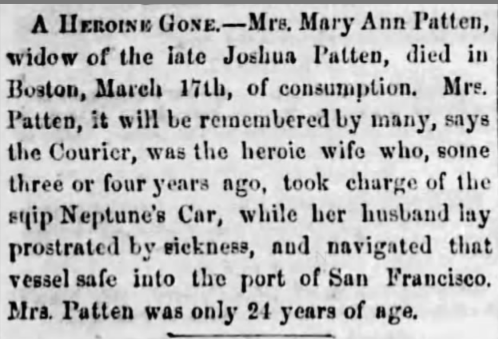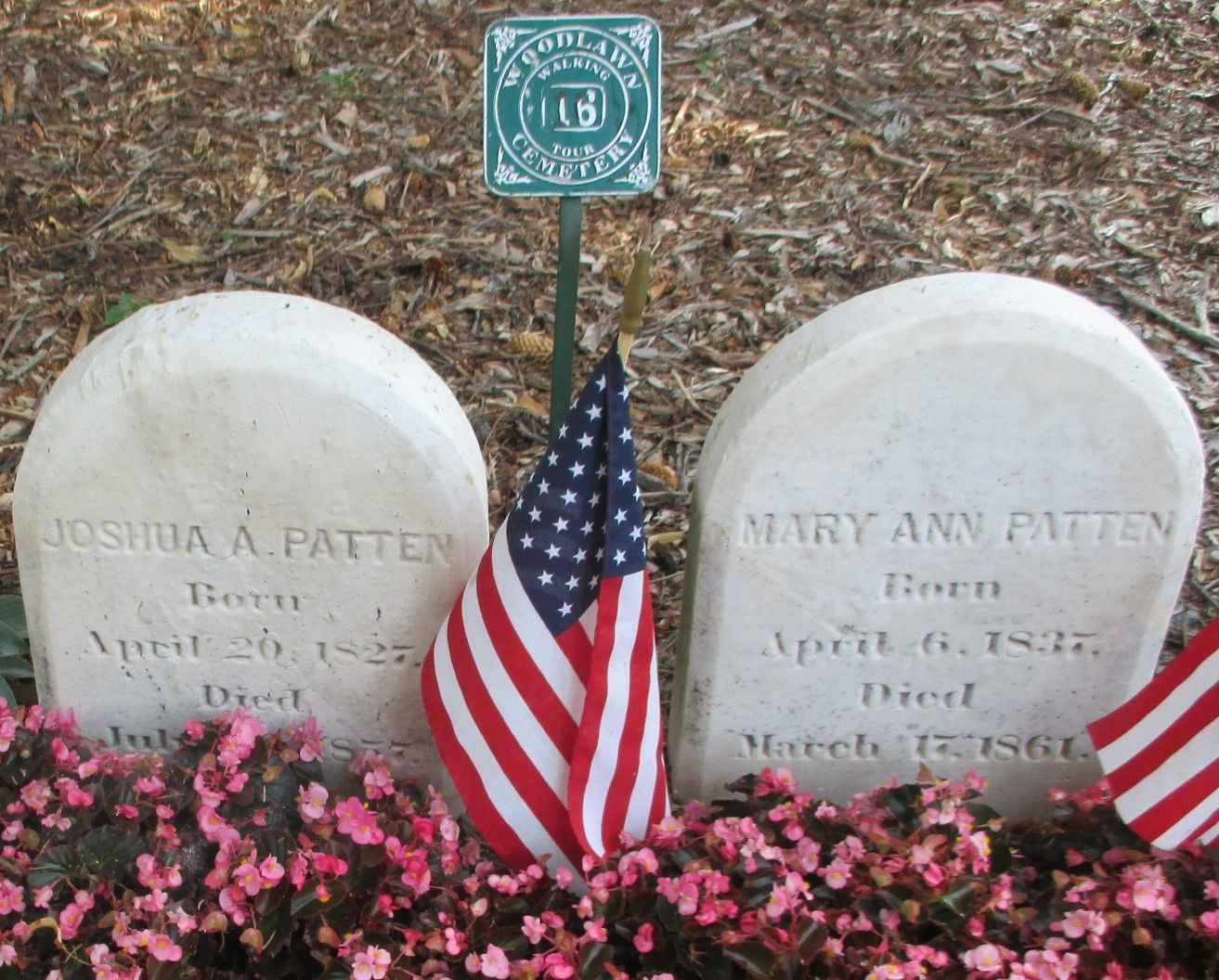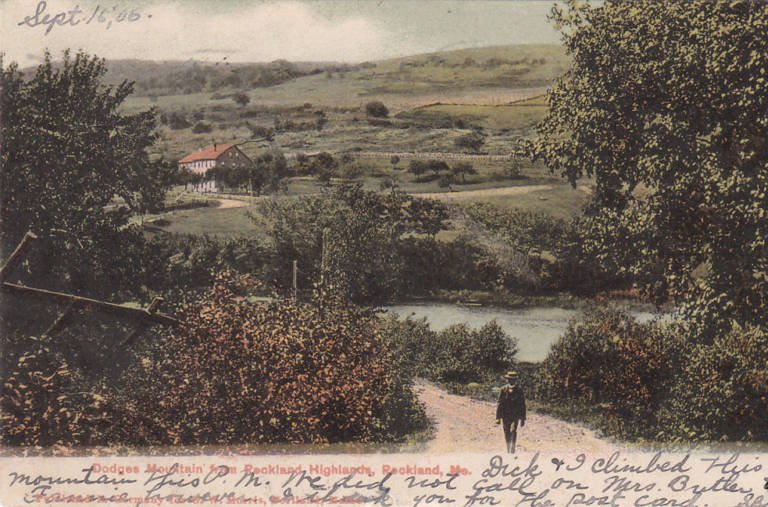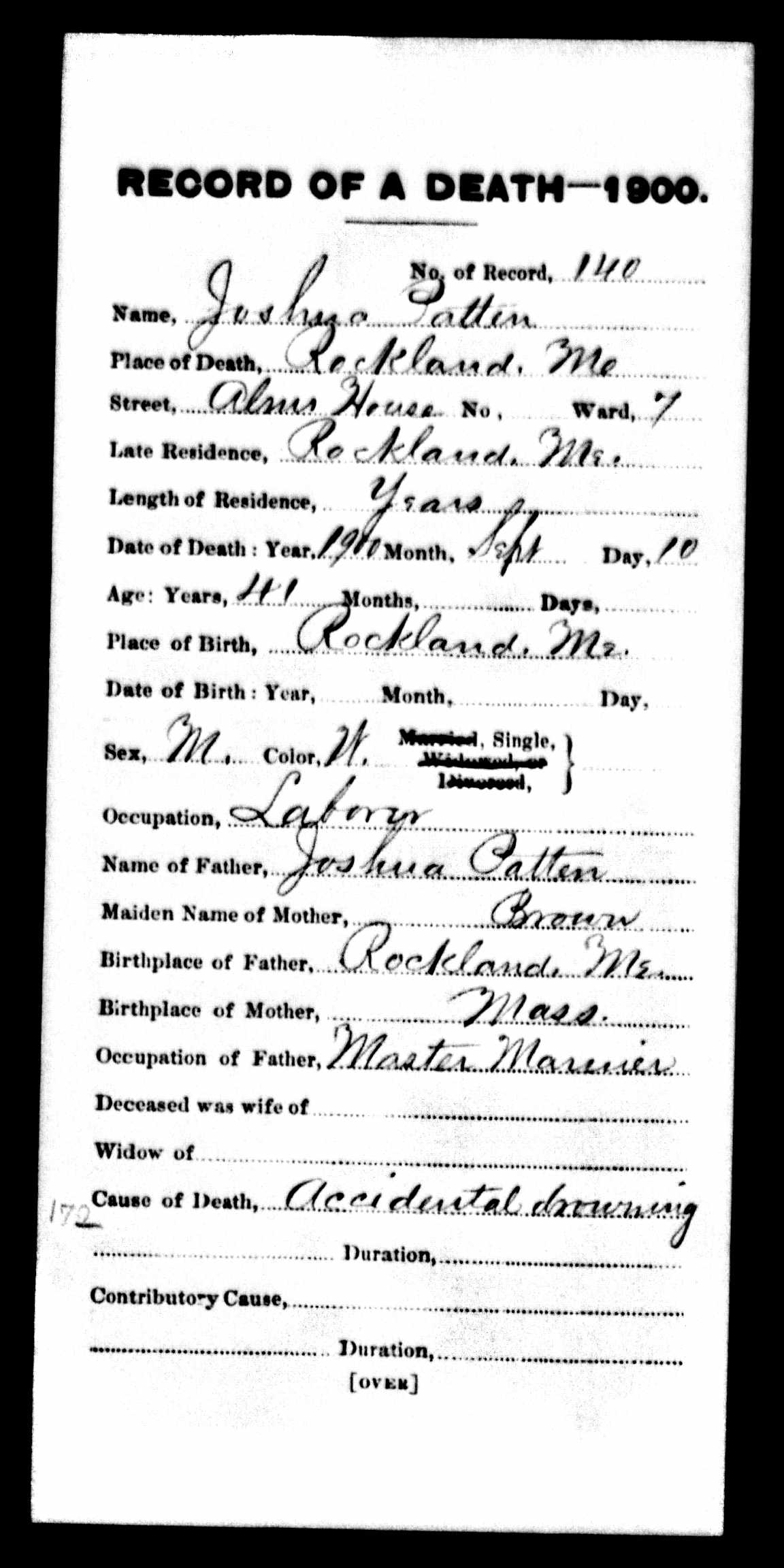We often hear about adventures at sea involving storms, mutinies, accidents, and illness. More often than not, the storyteller goes on to talk about the heroics of a crew member who is, usually, a man. But what if it were a woman? An amazing 19-year-old woman? A woman who happened to also be pregnant?
The story of Mary Patten was well known when it took place in the 19th century. It appeared in many newspapers because of the sheer novelty of the incident. Women in 19th-century society were considered the “weaker sex,” and whose sole purpose, in middle class America, was to support their husbands and families at home. I grew up in New England and never heard a word about Mary.
Mary Ann Brown was born in Boston, Massachusetts, into a large seafaring family. Her father George and mother Elizabeth immigrated from England before Mary was born, after they’d already had several children. George was a seaman by trade and several of his children also went into maritime-related work, including caulkers (if you don’t have caulkers, your ship sinks!).
Mary, at 16, married Captain Joshua Patten, originally from Rockland, Maine. As you can see from the document below, he was already listed as a Master Mariner at age 26!
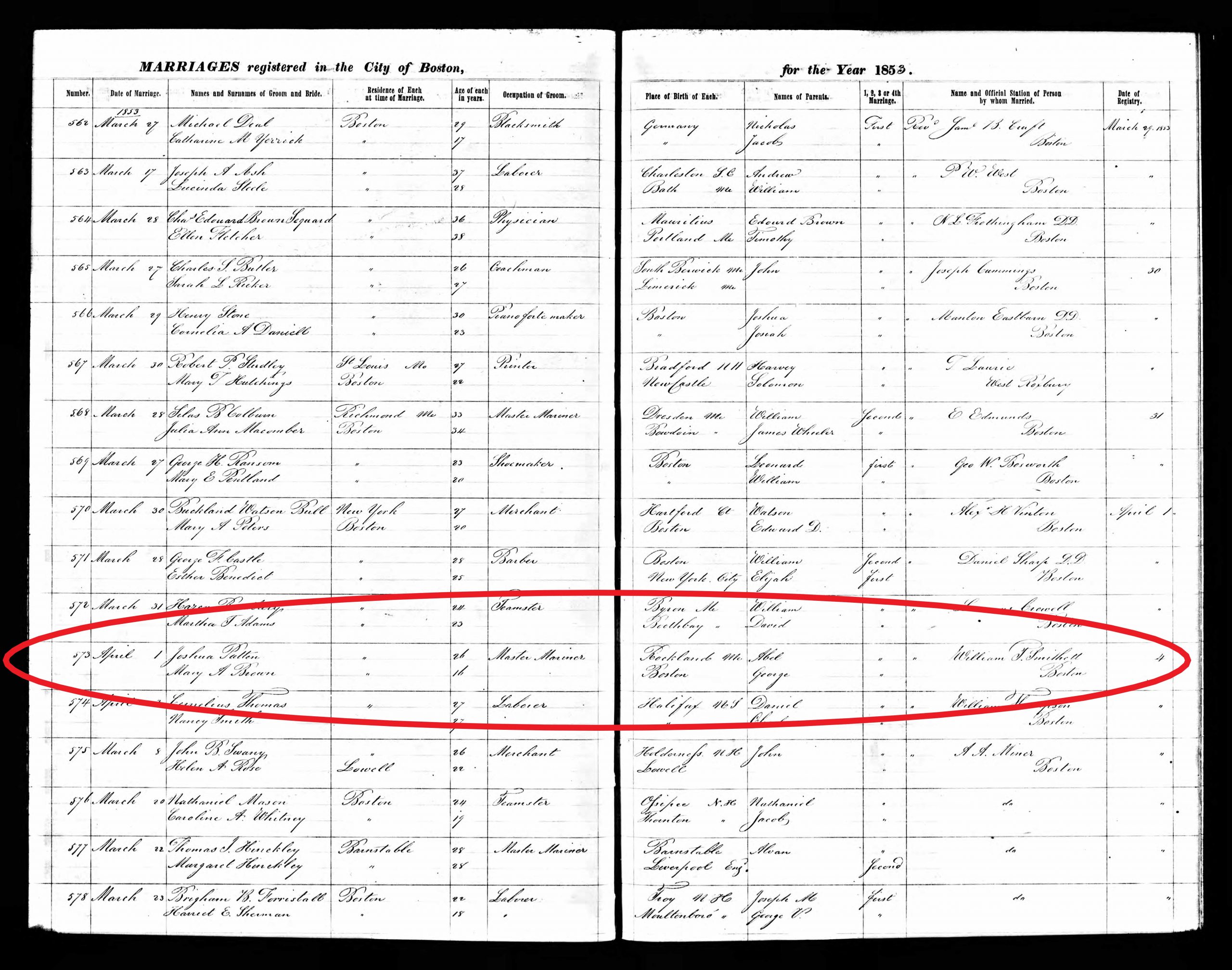
The clipper ship where our dramatic story took place was Neptune’s Car. It was launched in April 16,1853, from the Page & Allen shipyard in Portsmouth, Virginia, for Foster & Nickerson of New York. It was the largest clipper ship ever built in the commonwealth. Clipper ships were commercially popular during this time as they made excellent speed which meant money for the investors. These ships were able to travel to Hong Kong and were able to sail from the east coast to California during the gold rush, carrying supplies and passengers. These ships were very profitable, although highly risky.
Neptune’s Car left New York for San Francisco on October 15, 1853, and arrived February 9, making the run in 117 days under command of Captain Forbes. In 1854, it sailed from San Francisco to Singapore, then from Calcutta to New York in 109 days. These were record setting voyages.
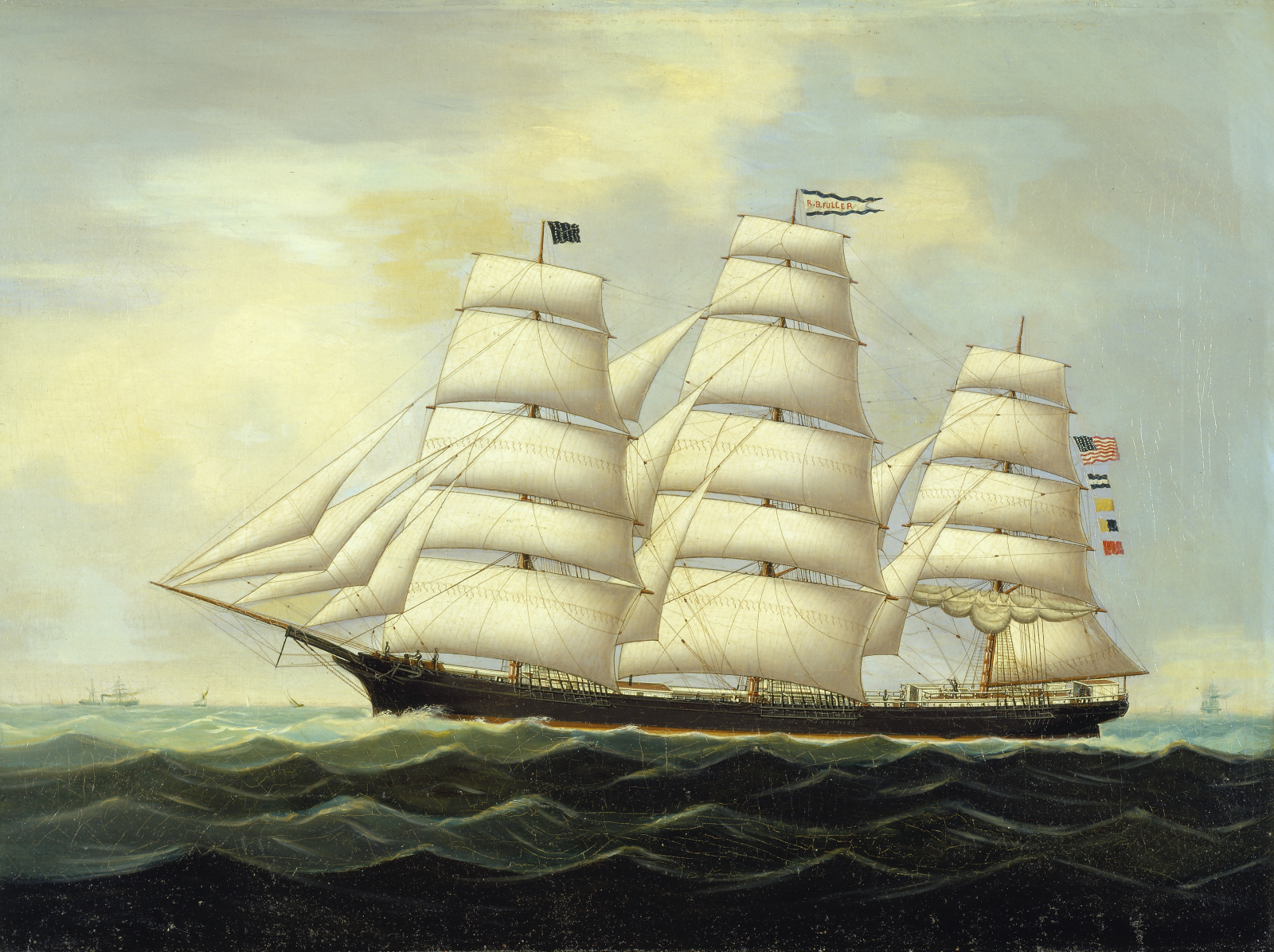
Due to unforeseen problems with Captain Forbes of Neptune’s Car falling ill, Mary’s husband Joshua was signed on as the new captain of this fairly new ship. As they had only been married for a year, Mary joined Joshua aboard. She was determined to be useful, reading all the books in the ship’s library, and teaching herself shipboard medicine and navigation. She also learned how to use sextants and compasses. The first trip went smoothly, but the second voyage in 1856 did not.
With this second journey on Neptune’s Car, there was a huge difference. Mary was 19 and pregnant with their first child. As always, because who doesn’t love a fun gamble, there were also several other clipper ships setting sail at the same time, for the same journey. It was considered a friendly little race, and two other ships that took part were Romance of the Seas and Intrepid. The winner could get a purse of anywhere from $1,000-$3,000!
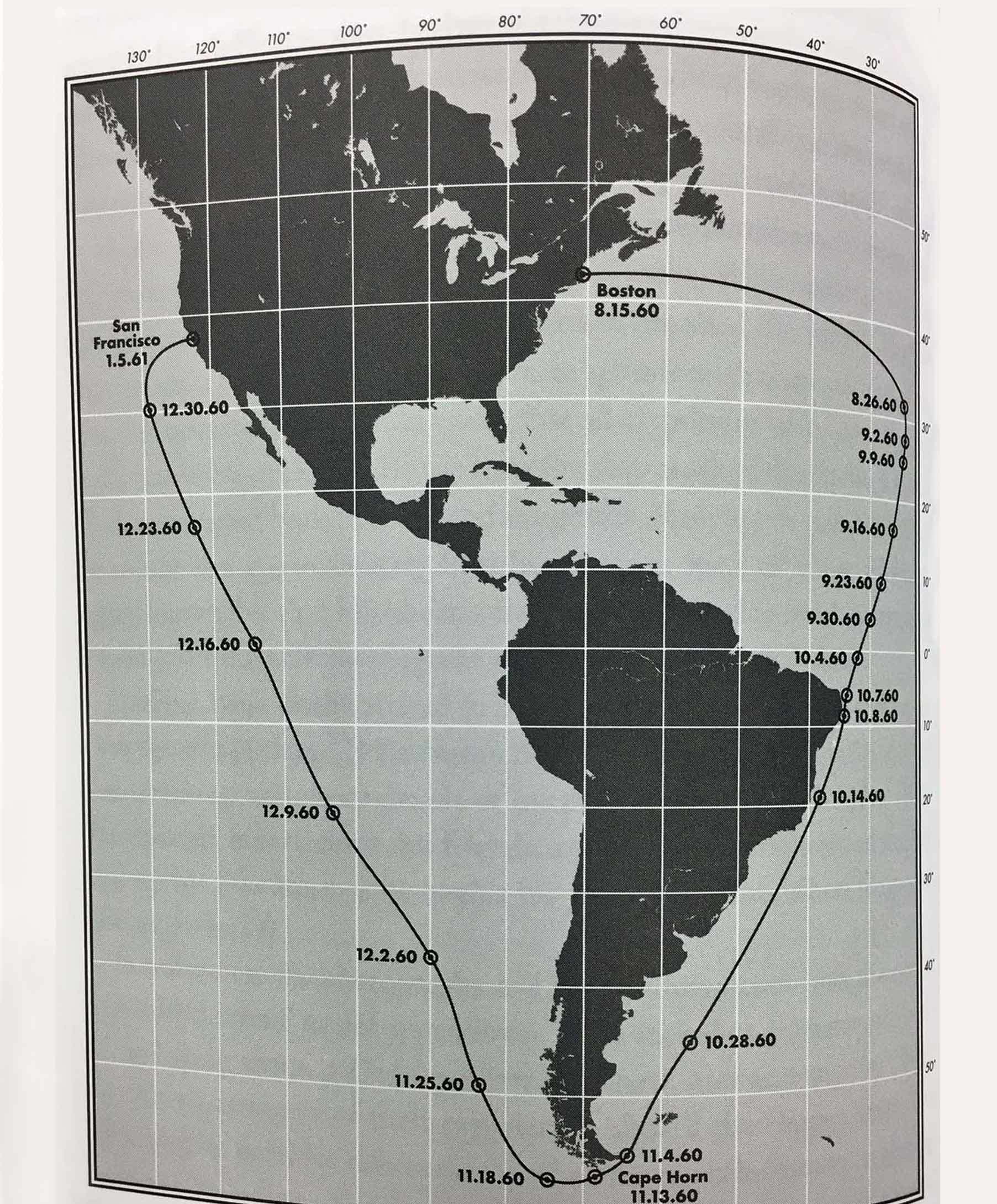
Problems started immediately when the first mate broke his leg and couldn’t continue. There was a schedule to be kept so the company made Mr. Keeler the first mate. He ended up in irons for neglecting his duties. And I mean, REALLY neglecting his duties, including falling asleep during his watch, setting courses through reef beds, refusing to do tasks, and more. The second mate, Mr. Hare, had no experience in navigation. Joshua tried to fill both roles even while feeling ill upon the start of the journey. He soon was feverish and delirious.
The greatest threat continued to be Mr. Keeler. He actually sent Mary a letter offering to act as captain if she would release him from the brig. He tried to get the crew to mutiny but thankfully, they refused. But the first mate had an ulterior motive and was not keeping to course. He argued with Mary and Joshua and said that he could not keep the ship headed to San Francisco. He continued trying to set the ship for Valparaiso, Chile. With $300,000 worth of cargo aboard the ship, the first mate was once again confined.(He was a big, huge jerk.)
Just watch this video below. Can you possibly imagine being aboard the ship as it journeys around Cape Horn, with frigid waters washing over the deck? Mary spent 50 days, she later said, in the same clothes without undressing. One can only imagine her level of fear and worry, surrounded by a difficult crew and a very sick husband. She felt that she needed to be in command of the ship and know what was happening at all times. Joshua had developed pneumonia which only exacerbated his undiagnosed original ailment: tuberculosis meningitis. He spent the majority of the time completely out of touch with reality.
When the ship arrived in San Francisco, Mary stood at the helm and navigated the ship into port. Onlookers were stunned. She was an instant celebrity in the press due to her gender and what she had accomplished, something for which she was not prepared. Captain Joshua Patten happened to be a Mason and they received help from the California Masonic Temple, because he was so ill. They also received help getting back aboard a ship, George Law, that would take them to New York and on to Boston.
Mary wrote a letter to the insurance company explaining what had happened during the journey. It was published in many newspapers (gotta love www.newspapers.com). Just like any other newspaper interview, many of the “facts” were wrong. She received a $1,000 bonus from the shipping line, but they refused to pay Joshua’s wages. It was only after public outcry that the insurance company even gave her that. Of course, being a 19th-century Victorian woman, she wrote to sincerely thank them and asked that they also give credit to the supportive crew members of Neptune’s Car. A Boston newspaper set up a 19th-century style “go fund me” to defray the costs of caring for her very sick husband. Remember, she’s also pregnant with their first child during all of this.
Unfortunately, Joshua never recovered. He died in July 1857 at the age of 30 at the McLean Asylum in Boston. He ended up blind, deaf, and completely incoherent at the end, and never even knew that Mary had given birth to their son, Joshua Patten Jr.
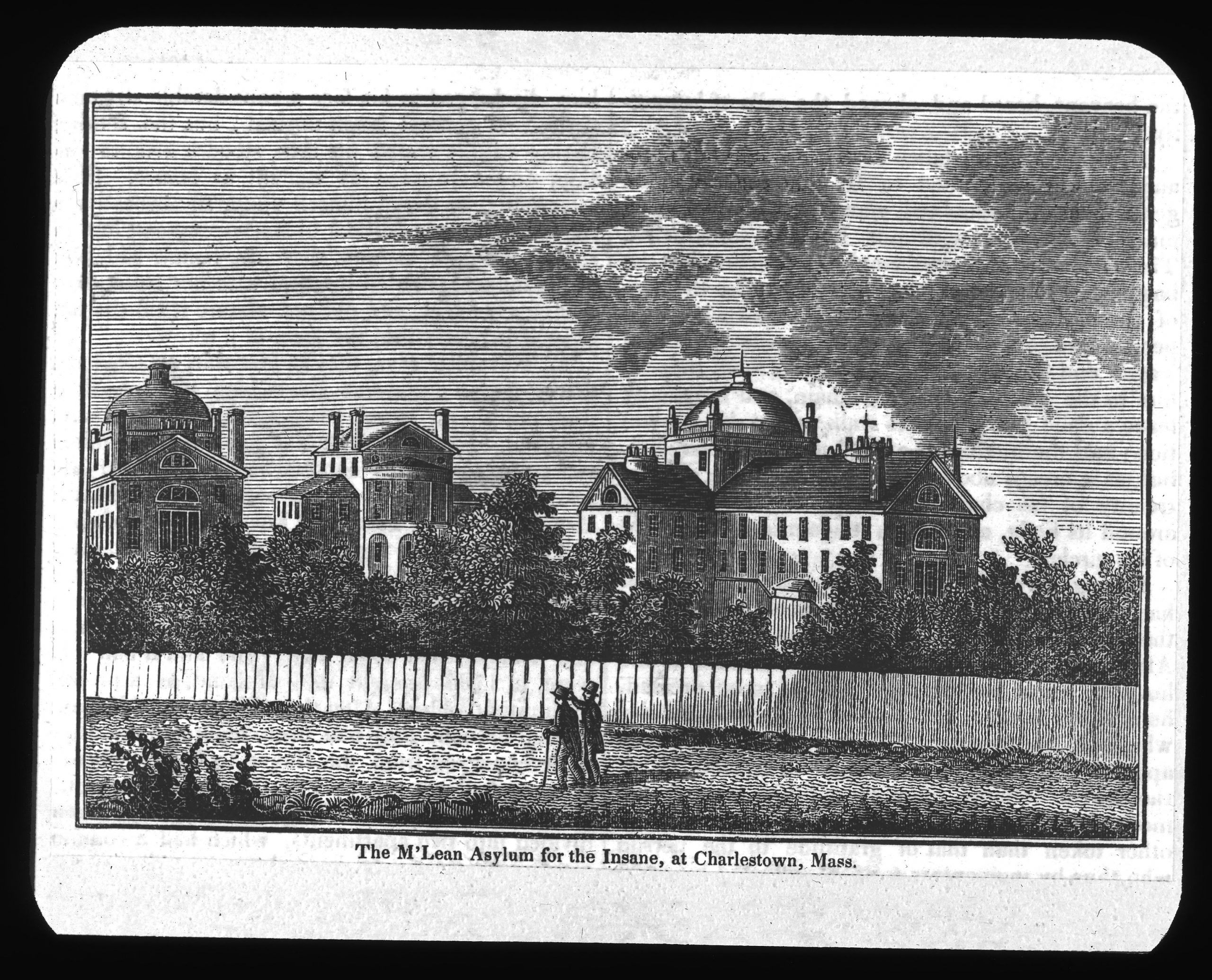
Sadly, Mary never really recovered from the experience. By 1860 she too had contracted tuberculosis and on March 17, 1861, at the tender age of 23 years, 11 months, and 11 days, she died. Her entire life took place in just a few blocks in Boston. No wonder she jumped at the opportunity to go to sea. She is buried in Boston next to her husband.
As an aside, her son Joshua didn’t fare too well. He was raised by his maternal grandmother and as an adult, briefly lived with two of his uncles, making his money as a carriage painter. He then headed to his father’s homeland, Rockland, Maine, and was a laborer, living in the local Alms House (a nice name for the poor house). He died in a freak accidental drowning in 1900 at the age of 41. (I’m telling you, research is divine.)
Mary Patten isn’t completely unknown. The U.S. Merchant Marine Academy in Kings Point, NY, opened a hospital that they christened Patten Hospital in memory of the “Florence Nightingale of the Ocean.” They gave her credit for keeping her husband, the Captain of the ship, alive during a perilous journey. She also goes down in history as the first American woman to captain a merchant vessel. I’m not sure what Mary’s 19th-century sensibilities would have thought of that!
